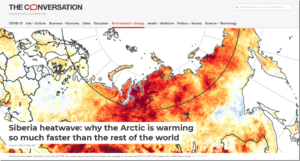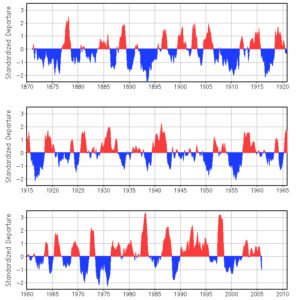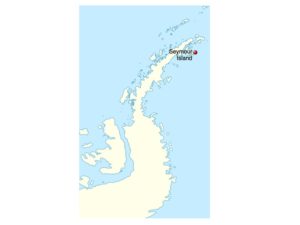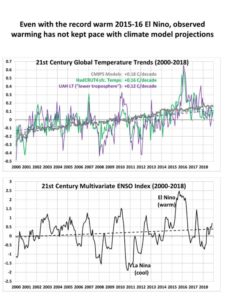by Haverd et al., 2020 in NoTricksZone/K. Richard
About 70% of the Earth’s post-1980s vegetative greening trend has been driven by CO2 fertilization. More greening has offset or reversed 29% of recent anthropogenic CO2 emissions. Greening also has a net cooling effect on surface temperatures.
Earlier this year we highlighted a study (Haverd et al., 2020) asserting rising CO2 and warming are the dominiant drivers of Earth’s strong post-1980s greening trend. This greening expands Earth’s carbon sink so profoundly that by 2100 the greening of the Earth will offset 17 years (equivalent) of anthropogenic CO2 emissions.
A 17% offset over 80 years, or net CO2 emissions reversal, would easily supplant the effectiveness of Paris climate accord CO2 mitigation policies.
…
Now another new study (Piaoet et al., 2020) expands upon these same principles, further suggesting the net effect of more CO2-driven greening is more cooling and carbon sink expansion.
Since the 1980s, 29% of human CO2 emissions were cancelled out by the CO2-induced greening of the Earth. The post-2000 vegetative greening expansion has been so massive (5.4 million km²) its net areal increase is equivalent to a region the size of the Amazon rainforest.
“Vegetation models suggest that CO2 fertilization is the main driver of greening on the global scale, with other factors being notable at the regional scale. Modelling indicates that greening could mitigate global warming by increasing the carbon sink on land and altering biogeophysical processes, mainly evaporative cooling.”
…








